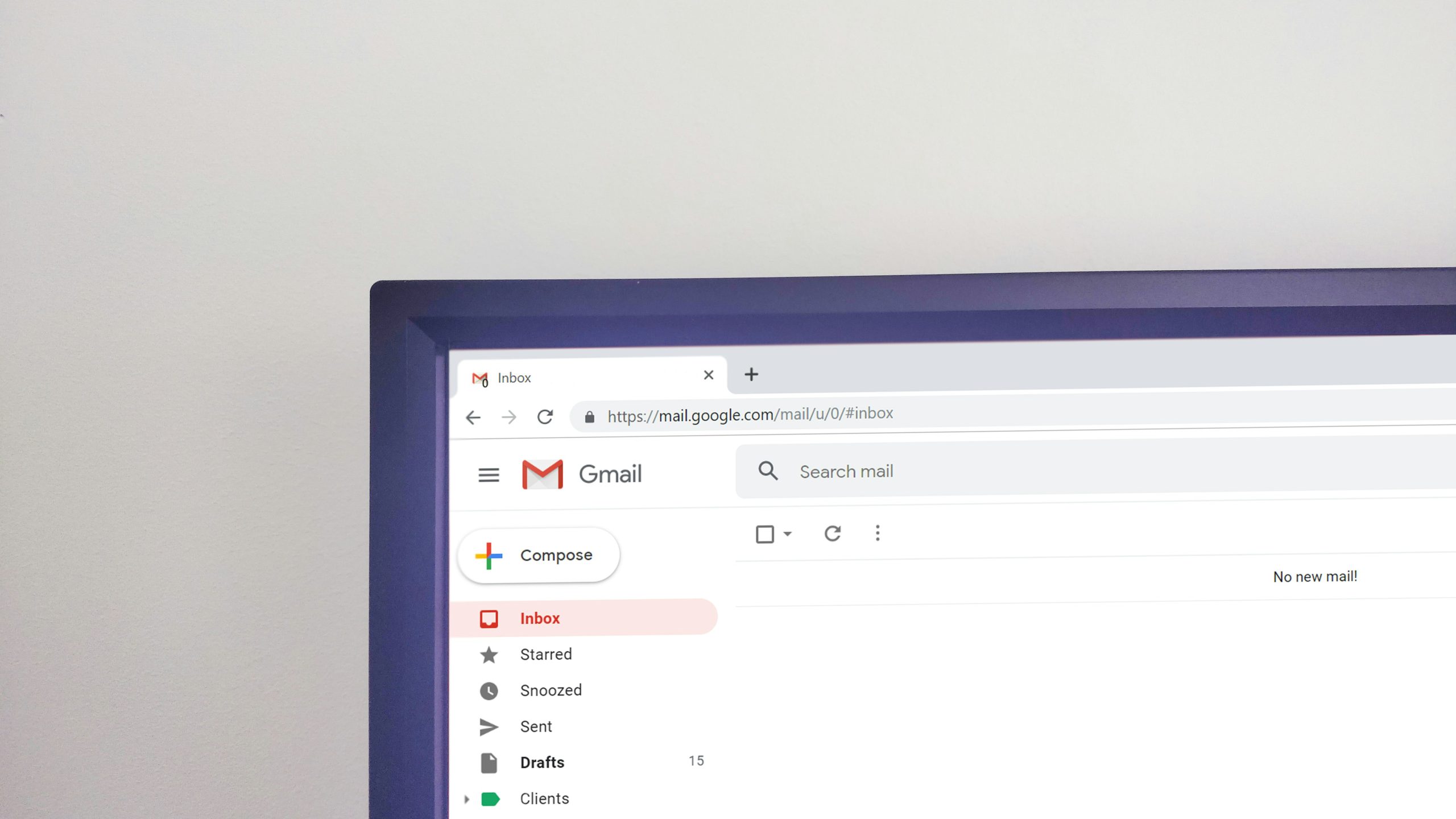Imagine having the power to reach out to 1 million people with just the click of a button. The thought of sending an email blast to such a massive audience might seem both thrilling and daunting. But is it really possible? Can you truly send 1 million emails at once and expect them all to reach their intended recipients? In this digital age where communication is fast-paced and widespread, the idea of mass email campaigns has become increasingly popular. However, there are technical limitations, ethical considerations, and potential consequences to consider before embarking on such an ambitious endeavor. Join us as we delve into the intricacies of bulk emailing and explore whether sending a million emails simultaneously is a feasible feat or an unrealistic dream.
What is bulk email sending?
Bulk email sending is a marketing strategy where a large number of emails are sent to a group of recipients simultaneously. It is often used by businesses to promote products, services, or events to a wide audience. However, the effectiveness of bulk email campaigns depends on various factors such as the quality of the email content, targeting the right audience, and ensuring compliance with anti-spam regulations.
Sending 1 million emails at once can be technically challenging due to limitations imposed by email service providers and potential spam filters. It requires careful planning, segmentation of recipients, and utilizing reliable email delivery platforms to ensure successful delivery. Additionally, maintaining good sender reputation and monitoring engagement metrics are crucial in maximizing the impact of bulk email campaigns. Overall, while sending a high volume of emails can be an efficient marketing tool, it requires strategic execution to achieve desired results.

Technical limitations of mass emailing
One of the primary technical limitations of mass emailing is the issue of deliverability. As more emails are sent in bulk, there is a higher chance of them being marked as spam by email service providers. This can significantly impact the overall effectiveness of an email campaign, as emails might not even reach the intended recipients’ inboxes.
Additionally, sending a massive number of emails at once can put a strain on the sender’s email server and network resources. This overload can lead to slower delivery speeds, potential downtime, or even getting blacklisted by internet service providers for suspected spamming activities. It becomes crucial for organizations to carefully manage their email infrastructure to avoid these pitfalls and ensure successful delivery rates for mass emailing campaigns.
Legal considerations and anti-spam laws
When sending mass emails, it is crucial to be aware of the legal considerations and anti-spam laws in place to protect consumers’ privacy. Violating these laws can result in heavy fines and damage to your organization’s reputation. Ensure that all emails are sent with proper consent from recipients and include a clear opt-out option to comply with regulations such as CAN-SPAM Act and GDPR.
Understanding the nuances of these laws is essential for maintaining a positive relationship with your audience while also safeguarding your business from potential legal implications. By adopting transparent email practices and respecting individuals’ preferences, you not only demonstrate respect for privacy but also establish trust and credibility among subscribers. Complying with anti-spam laws should be viewed as an opportunity to build genuine connections rather than an obstacle to overcome when conducting email marketing campaigns.
![]()
Strategies for successful large-scale email campaigns
One effective strategy for successful large-scale email campaigns is to segment your audience based on their preferences, behaviors, and demographics. By sending targeted and personalized emails to specific groups within your email list, you can increase engagement and conversion rates. Utilizing data analytics tools to understand your audience better can help tailor your messages accordingly.
Another key strategy is to focus on creating compelling and relevant content that resonates with your recipients. This includes using eye-catching subject lines, clear calls-to-action, and visually appealing designs. A/B testing different elements of your emails can also help optimize performance and determine what resonates best with your audience. Additionally, regularly monitoring key metrics such as open rates, click-through rates, and conversion rates is crucial in evaluating the success of your email campaigns.
Tools and services for managing mass emails
When it comes to managing mass emails effectively, utilizing the right tools and services can make all the difference. Platforms like Mailchimp, Constant Contact, and Sendinblue offer comprehensive features for creating, scheduling, and analyzing large email campaigns. These tools provide templates for designing visually appealing emails, segmentation options for targeting specific audiences, and analytics to track engagement metrics.
In addition to email marketing platforms, services like Amazon SES (Simple Email Service) and SendGrid are popular choices for sending high volumes of emails efficiently. These services offer reliable infrastructure that ensures timely delivery of your emails without being flagged as spam. By integrating these tools into your email strategy, you can streamline the process of reaching a large audience while maintaining deliverability rates and compliance with anti-spam laws.

Conclusion: Balancing efficiency and compliance
When it comes to sending a large volume of emails, finding the balance between efficiency and compliance is crucial. While the temptation to reach as many recipients as possible in one go may seem like the most efficient approach, it’s essential to remember that strict compliance with regulations such as GDPR and CAN-SPAM is equally important. By prioritizing compliance measures from the outset, businesses can build trust with their audiences and avoid costly penalties.
Efficiency should not be sacrificed for compliance, nor should compliance impede operational efficiency. Finding ways to streamline email campaigns while adhering to legal requirements is possible through automated tools and regular audits of mailing lists. Ultimately, success lies in striking a harmonious balance between these two elements, ensuring that email marketing efforts are both effective and ethical. By adopting a holistic approach that values both efficiency and compliance equally, businesses can unlock the full potential of their email marketing strategies without compromising on integrity or effectiveness.


